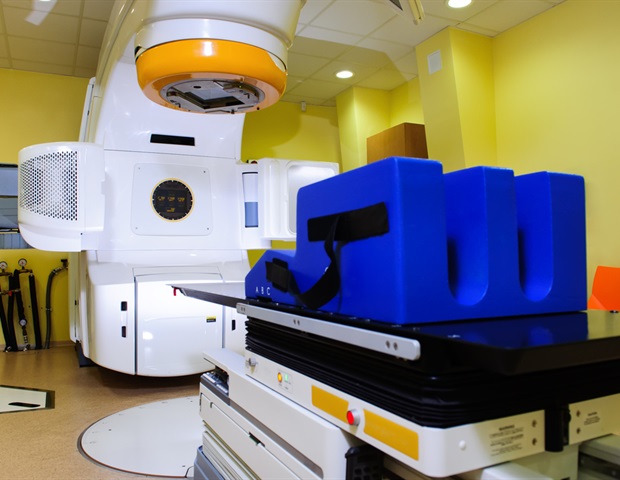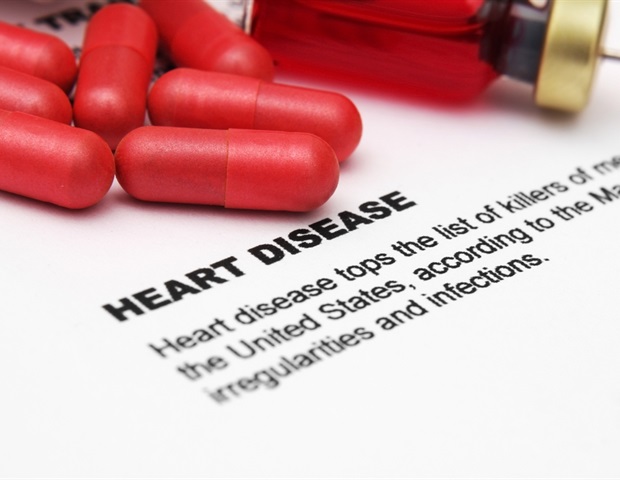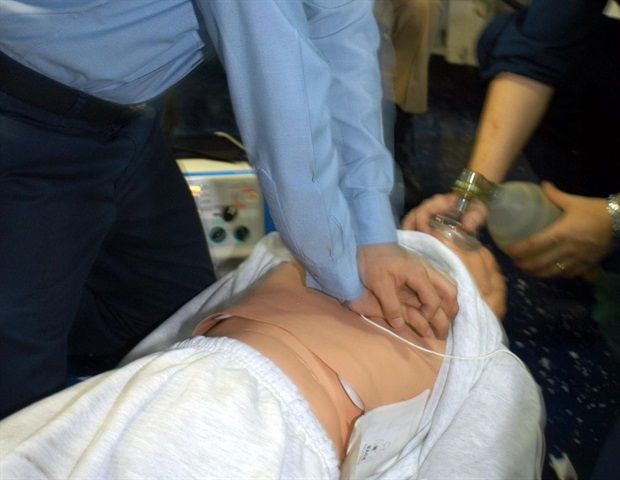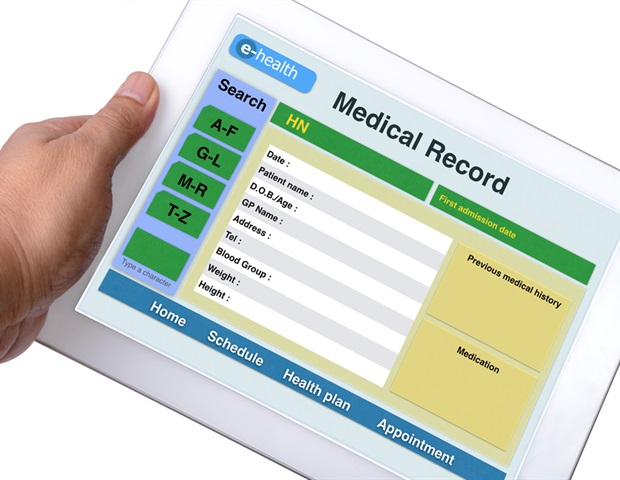A strategy for advance care planning (ACP) that included automated outreach from staff who contacted patients to offer assistance significantly boosted the number of patients who completed documentation outlining their wishes in…
Category: 6. Health
-

Proton therapy improves survival in oropharyngeal cancer patients
A new study published today in The Lancet showed a significant survival benefit for patients with oropharyngeal cancers who were treated with proton therapy (IMPT) compared to those treated with traditional radiation therapy (IMRT)….
Continue Reading
-
Vaccines do not cause autism: WHO – France 24
- Vaccines do not cause autism: WHO France 24
- WHO expert group’s new analysis reaffirms there is no link between vaccines and autism World Health Organization (WHO)
- WHO pushes back on US government doubts over vaccine safety Yahoo
- Marin Public…
Continue Reading
-

Breast arterial calcification on mammograms predicts future heart risk
Routine mammograms are a critical tool for breast cancer screening. However, they may also hold crucial, potentially untapped information about a person’s risk for cardiovascular disease, the number one cause of death among adults….
Continue Reading
-

New blood biomarker predicts brain damage after cardiac arrest
A blood biomarker yet to be used in cardiac arrest care can give a clearer picture of the extent of brain damage after a cardiac arrest. This has been shown in a large international multicentre study led by researchers at Lund…
Continue Reading
-

Study finds dramatic increase in ADHD medication use
Annual prescriptions for drugs to treat attention-deficit/hyperactivity disorder (ADHD) increased 157 percent in Ontario from 2015 to 2023, according to a new study from researchers at ICES, North York General, and The Hospital for…
Continue Reading
-

Study offers insight into how coffee and tea intake may influence bone health in older women
A new study from Flinders University offers insight into how two of the world’s most popular beverages, coffee and tea, may influence bone health in older women.
The research, published in the journal Nutrients, followed nearly…
Continue Reading
-

Early scans reveal prostate radiotherapy toxicity risk
Daily scans taken during prostate cancer radiotherapy could be repurposed to guide changes to treatment, reducing the risk of side effects, a study suggests.
Using AI, scientists found that images originally taken to help position…
Continue Reading
-

Study reveals stepwise formation of cerebellar projections in the developing brain
A team of researchers at the Institute for Neurosciences (IN), a joint center of the Spanish National Research Council (CSIC) and Miguel Hernández University of Elche (UMH), has reconstructed for the first time how the cerebellum…
Continue Reading
-

Study reveals how Ebola and Marburg viruses damage the human gut
Ebola (EBOV) and Marburg virus (MARV) are highly lethal viruses that cause severe disease in infected patients by extensively damaging the body. This includes the gastrointestinal tract. Severe diarrhea followed by dehydration is a…
Continue Reading
